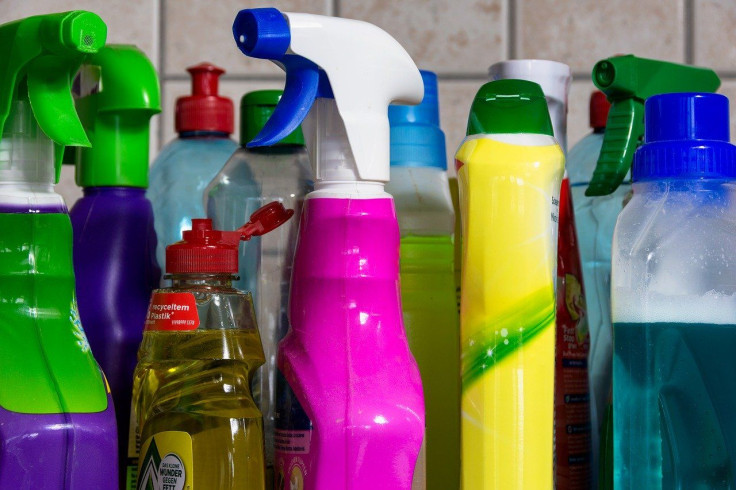Disinfectant-Related Poison Center Calls Increased 20 Percent Amid Coronavirus Pandemic
KEY POINTS
- The number of calls to poison centers increased amid the coronavirus pandemic
- A CDC report shared two cases that highlight the type of calls that poison centers received
- An increase in use of cleaners and disinfectant also increases possibility of improper use
Data from poison centers reveals an increase in disinfectant and cleaner-related calls amid the coronavirus pandemic. To reduce the risk of unnecessary chemical exposures, users are advised to use protection and to avoid improper use of chemicals.
Amid the ongoing coronavirus pandemic, health agencies have released cleaning and disinfecting recommendations to prevent the spread of COVID-19 using chemicals such as bleach, hand sanitizers, and other cleaning supplies. However, with more people using such products, the risks that come with using them may also increase.
To see whether there is a connection between COVID-19 cleaning recommendations and the number of reported chemical exposures, a Centers for Disease Control and Prevention (CDC) and American Association of Poison Control Centers surveillance team compared the number of chemical exposures reported to the National Poison Data System from January to March 2020 with the number of reports during the same period in 2018 and 2019.
Overall, poison centers received a total of 45,440 calls related to cleaners and disinfectants from January to March 2020, reflecting a 20.4 percent increase in reports compared to 2019 and a 16.4 percent increase compared to 2018. Of the calls, 35.7 percent involved cleaners and 46.5 percent involved disinfectants, with inhalation of fumes being the most common exposure route.
"Although NPDS data do not provide information showing a definite link between exposures and COVID-19 cleaning efforts, there appears to be a clear temporal association with [the] increased use of these products," the authors of the report wrote.

The report noted two cases that highlight the types of calls that poison centers receive.
In the first case, an adult female followed news reports' advice to clean all groceries before consumption. So, she soaked her produce in her sink filled with hot water, a 10 percent bleach solution and vinegar. She eventually noted a smell she described as "chlorine" and developed difficulty in breathing, wheezing and coughing. After calling 911, she was brought to the hospital where she was given oxygen and bronchodilators. She was discharged after a few hours.
In the second case, a pre-school aged child was found unresponsive after ingesting an unknown amount of hand sanitizer that was left on a kitchen table. The family reported that the child felt dizzy after consuming the hand sanitizer, fell and hit her head. Her blood-alcohol level was discovered to be 3.5 times the legal limit for driving under the influence but, she was eventually discharged after 48 hours in the hospital.
"Exposures to cleaners and disinfectants reported to NPDS increased substantially in early March 2020," the authors wrote, noting that the increase in the use of cleaners and disinfectants is also associated with the increase in the possibility for improper use.
As such, at a time when many people are more conscious about cleaning and disinfecting, it is also important to use the products properly so as to avoid potentially dangerous exposures.
"To reduce improper use and prevent unnecessary chemical exposures, users should always read and follow directions on the label, only use water at room temperature for dilution (unless stated otherwise on the label), avoid mixing chemical products, wear eye and skin protection, ensure adequate ventilation, and store chemicals out of the reach of children," the researchers wrote.
© Copyright IBTimes 2025. All rights reserved.






















